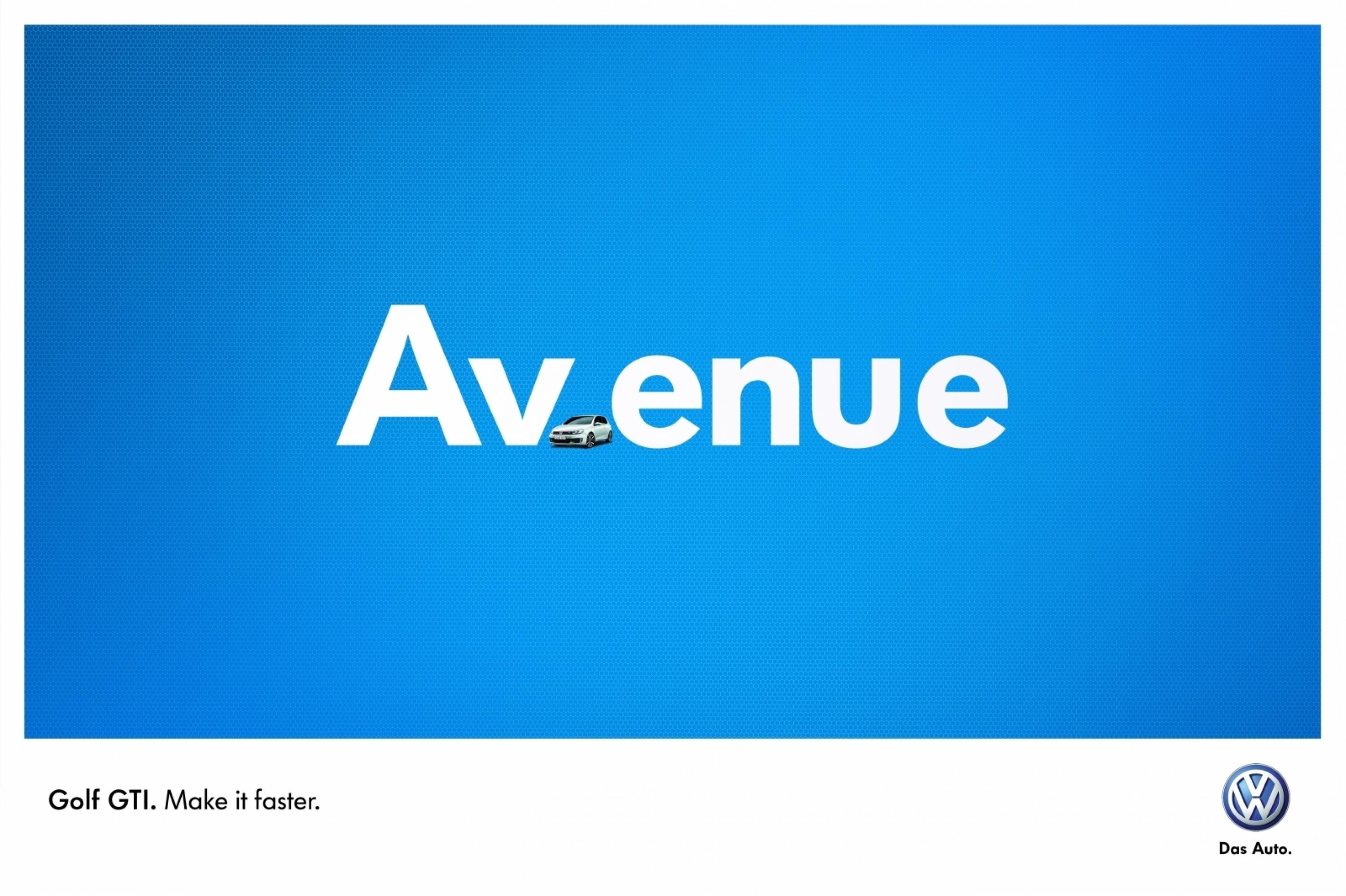Cannes Lions
Marketing in the age of Machine Learning
PHD, Toronto / HONDA / 2019


Overview
Entries
Credits
Overview
Background
Marketing Mix Models had helped us optimize Honda's media investment for years, but they'd failed to capture the imagination of key stakeholders across the business.
While media efficiency & effectiveness was a priority, the success and failure of the supply chain was much more complex. Advertising was a mysterious, if important, contributor to a business that required the orchestration of thousands of workers at production plants, pricing decisions involving hundreds of millions of dollars and retail decisions made by dozens of independent dealers.
We focused on building a solution to allow these diverse stakeholders to integrate advertising decision-making into the fast-paced reality of automotive retail. Ultimately, our goal was to sell more cars for less money, by getting to better decisions faster.
We wanted an approach that allowed us to shift the organizational perspective towards the challenges and opportunities ahead, instead of trying to correct past performance.
Idea
We set out to redefine the way that modelling is done and used, increasing the speed and precision of models and integrating them into the day-to-day of how we worked with diverse client stakeholders.
With a dozen data sources covering media, promotion & pricing, inventory levels, unit sales, competitor pricing, seasonality and consumer demand in the category, we needed to develop a comprehensive approach to automating the collection of data.
In addition to conventional Marketing Mix Modelling, we adopted a machine learning model, to improve the predictive power of the approach.
But models are only as useful as their interpretation and application. We engaged a broad set of client stakeholders to enrich the depth of the models, and integrated their insights about competitors’ activities, consumer demand and dealership dynamics.
Strategy
On a monthly basis custom scripts compile data from a dozen data sources including sales, competitive pricing, category demand and media. Data compilation, analysis and interpretation which previously took 6 weeks or more can now be done in less than a week.
A modelling team collaborates with the media planning team and clients to develop a range of scenarios including different advertising investment levels, channel mixes, pricing, competitor activities and market demand. Each scenario is then modelled to predict the sales expected in the months ahead. These scenarios are backed by an 'ensemble' approach that combines the transparency of classical approaches to market mix modelling with machine learning approaches which are more opaque but offers more accurate predictions.
Execution
On a monthly basis custom scripts compile data from a dozen data sources including sales, competitive pricing, category demand and media. Data compilation, analysis and interpretation which previously took 6 weeks or more can now be done in less than a week.
A modelling team collaborates with the media planning team and clients to develop a range of scenarios including different advertising investment levels, channel mixes, pricing, competitor activities and market demand. Each scenario is then modelled to predict the sales expected in the months ahead. These scenarios are backed by an 'ensemble' approach that combines the transparency of classical approaches to market mix modelling with machine learning approaches which are more opaque but offers more accurate predictions.
A standardized data visualization allows a multi-disciplinary team consider the range of scenarios based on their costs and predicted outcomes. The standardized approach, in a 'common language' allows diverse stakeholders to balance the needs of the business at multiple levels - considering factors such as production rates, the economy, dealer needs, etc...
Outcome
The new approach meant that we could carry out analysis that used to take weeks in a matter of days. Conversations that used to be about abstractions such as GRPs were now about budget tradeoffs and opportunities.
We were able to foresee problems before they happened and adjust rapidly when the unforeseeable occurred.
Nationally, the Honda Civic market share increased +6% vs the previous year and +7% for the Honda CR-V.
The effects were most dramatic for the Honda Civic in the regions where we applied the modelling-based method at both Tier 1 & Tier 2 (i.e. dealer association). Already Canada’s best-selling car for 20 years in a row, the application of this approach at both levels helped deliver a 9% increase in market share.
Similar Campaigns
12 items







